There Begonia maculata is a plant belonging to the family of Begoniaceae. It is native to Brazil, where it grows spontaneously in tropical forests, and is one of over 1500 species of begonia present in nature.In our latitudes it is cultivated as an ornamental plant, with great success among lovers of indoor plants. Its uniqueness lies in its splendid leaves which, as the name suggests, are spotted or, if you like, polka dot. Other common names of this plant are: angel wings begonia And bamboo begonia, nicknames that enhance some of its botanical characteristics. It is also a relatively rustic plant which, with the right cultural and environmental precautions, thrives and lives for many years, multiplying, among other things, with a certain ease.
So let’s find out everything there is to know about this elegant houseplant.
Description of the spotted begonia
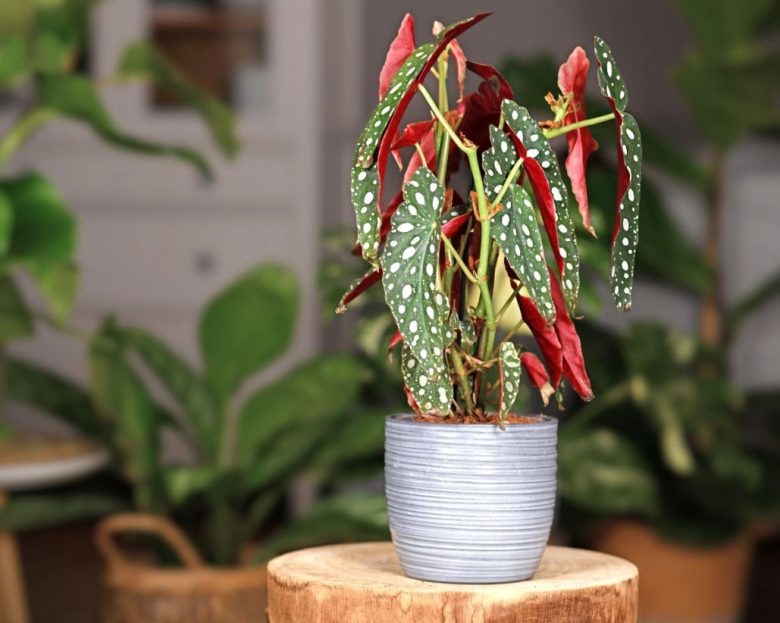
In nature, the spotted begonia behaves like a shrub plant and reaches heights of over 2 m. In domestic crops, on the other hand, it maintains much more contained measures. It is made up of numerous erect stems, hence the name bamboo begonia. These stems are provided with nodes, on which the leaves are inserted.
Leaves of begonia
The leaf livery is the most distinctive and decorative feature of the spotted begonia. First of all for the elongated shape and the wavy edge, characteristics that evoke the wings of an angel, hence the name begonia angel wings. Then, due to the color, the upper page is in fact olive green with numerous roundish white spots of different sizes, with polka dots precisely. The lower page is instead entirely purplish red, very intense. This color contrast between the top and the bottom makes the spotted begonia appreciate as a decorative plant.
Even more ornamental is the variety Life bluewith leaves always red underneath, but with the background color of the upper page bright blue.
Flowers
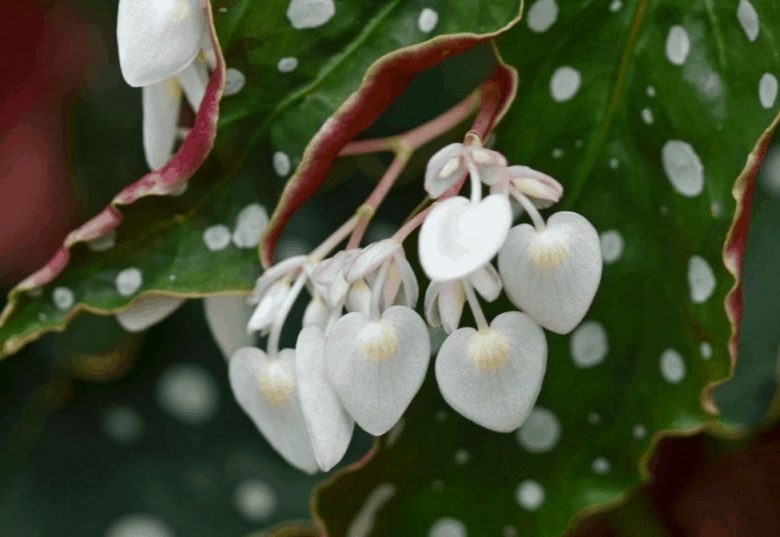
Unlike other plants of tropical origin, such as i ficus lyrata or the pothos, which in our environments are unable to bloom, the spotted begonia in summer develops numerous and graceful flowers. These, gathered in pendulous clusters that sprout at the axil of the leaves, are white or pink in color.
Can spotted begonia be placed outside?
Despite being a typical indoor plant, the spotted begonia is quite rustic and can be placed outside for short periods. The shift can take place from late spring, when temperatures are mild even at night. However, it is essential that it is placed in a shaded position and that it is not reached by the sun’s rays.
The plant, placed outside, invigorates itself, but it is obvious that with torrid temperatures in summer or the first cold autumns, we must bring it back into the house.
How to grow spotted begonia
The spotted begonia, being a tropical plant, does not tolerate temperatures below 15 ° C. It therefore adapts well to the home environment, with an ideal temperature range between 18 and 25 ° C.
It likes good air humidity, so it is essential to keep it away from direct heat sources in winter and air conditioners in summer.
Likes bright positions, but not direct sun. So it can be placed near a window, the important thing is that the sunlight is not direct or at least shielded by a curtain.
Many place spotted begonia in the bathroom or kitchen, where it finds a perfect microclimate.
Irrigation
Watering of spotted begonia should be done on a regular basis, but not overdoing it. In fact, water stagnation is very harmful, causing root rot. To understand when is the right time to give water, sink your fingers into the first 2-3 cm of the soil and intervene only when it is completely dry.
In general, the rule for watering begonia is to give water little and often.
In autumn-winter, watering will be occasional.
The plant does not need continuous leaf vaporization. Periodically it is enough to clean the leaves from dust using a damp cotton cloth.
Fertilization
In the growing season, therefore in spring-summer, the leaves of the spotted begonia benefit from regular fertilization. Every 15 days, some water can be added to the irrigation water organic liquid fertilizer for green plants.
Soil and repotting
The spotted begonia plants grown in pots usually do not reach significant volumes, with the height that stops at a maximum of 80 cm. This means that large pots are not needed. Find the plant in the nursery or in specialized shops, with the price varying according to the size. Repotting is done in spring, at the time of purchase or every 2-3 years, when the root system has occupied all the available space and choosing a container slightly larger than the original one.
The soil must be rather coarse, with typical elements perlite and with expanded clay placed on the bottom, in order to ensure aeration to the roots and drainage of excess water. In the shops you will find excellent ready-made mixes.
Supports
As mentioned, the spotted begonia develops long stems, usually erect. These, when stretched excessively, tend to bend. It is therefore a good idea to insert supports, such as thin bamboo canes, and tie the bent stems to them.
Multiplication

The spotted begonia multiplies easily with the cutting technique. The operation is carried out in spring-summer, by cutting the terminal portion of a young branch with a knot. The begonia cutting is placed in water and waits a few weeks for it to emit new roots. At that point it can be transferred to a vase.
Some make the leaf cutting, which however has lower rates of engraftment.
Pruning of the spotted begonia
Pruning interventions on spotted begonia are somewhat limited. First you need to remove the withered inflorescences, an operation that is carried out at the end of summer. Then some yellow leaves can happen and there too it is advisable to remove them.
To make the plant branch, or make it more compact, at the beginning of spring the longer stems can be cut, making return cuts, taking care to cut above a knot.
Diseases and pests of begonia maculata
The biggest problem that begonia maculata can suffer from is root rot, due to water stagnation and which causes yellowing of the leaves and, in the most serious cases, the rotting of the stems.
To prevent it, just guarantee drainage and moderate irrigation, as we explained earlier.
Curled leaves, on the other hand, are a symptom of water shortage and low humidity.
Another disease that can potentially affect begonia is powdery mildew (or white sickness), which manifests itself with the appearance of a white powder on the leaves and stems. At the first signs of the disease you can carry out a treatment with water and baking sodaat a dosage of 10 g per liter of water.
Instead, among the parasites that affect the spotted begonia and, in general, the different species of begonia, we have: aphids, mealybugs, thrips and mites.

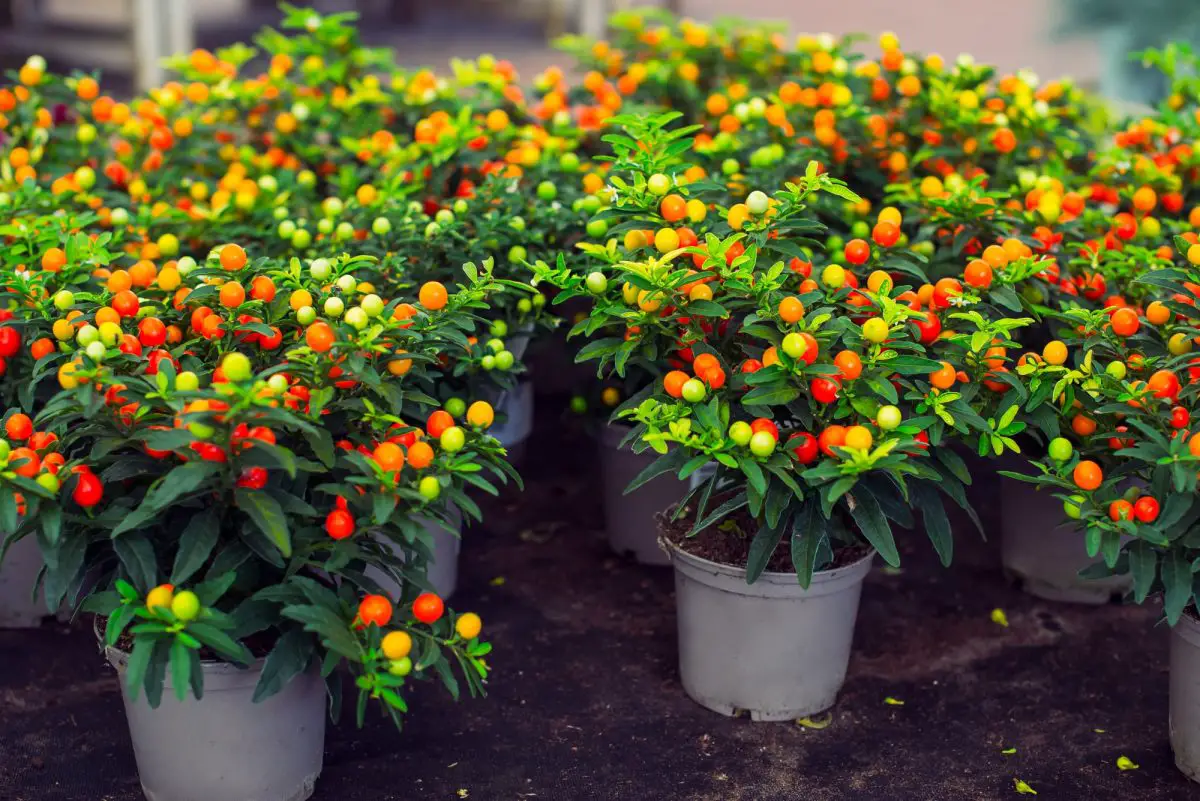
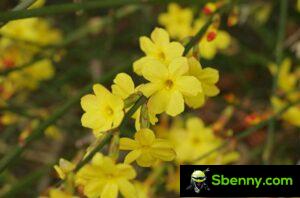
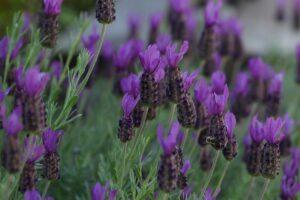
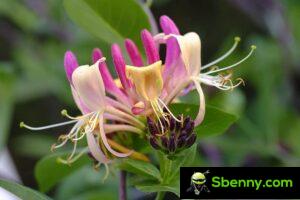
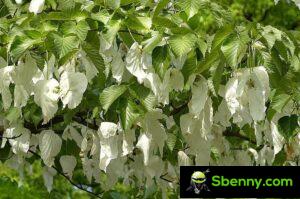
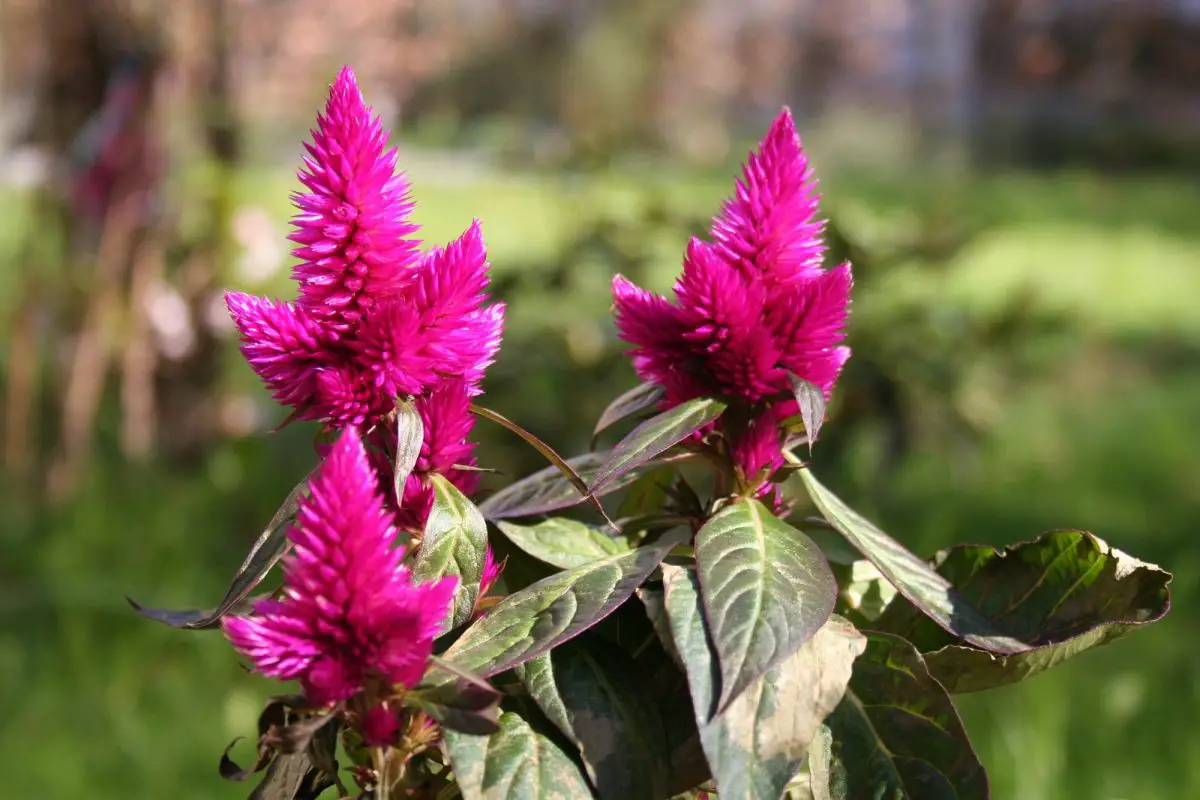
Start a new Thread